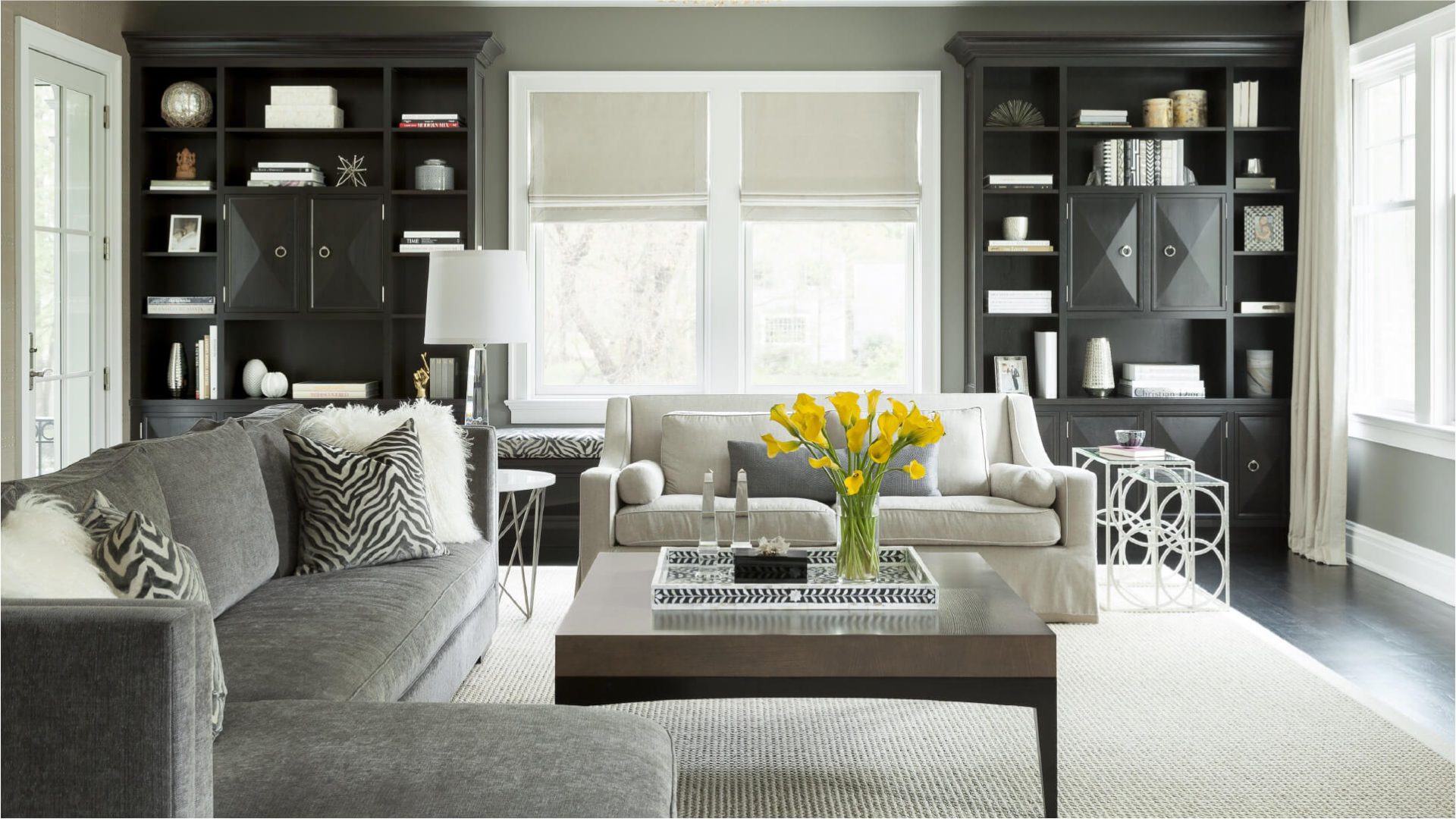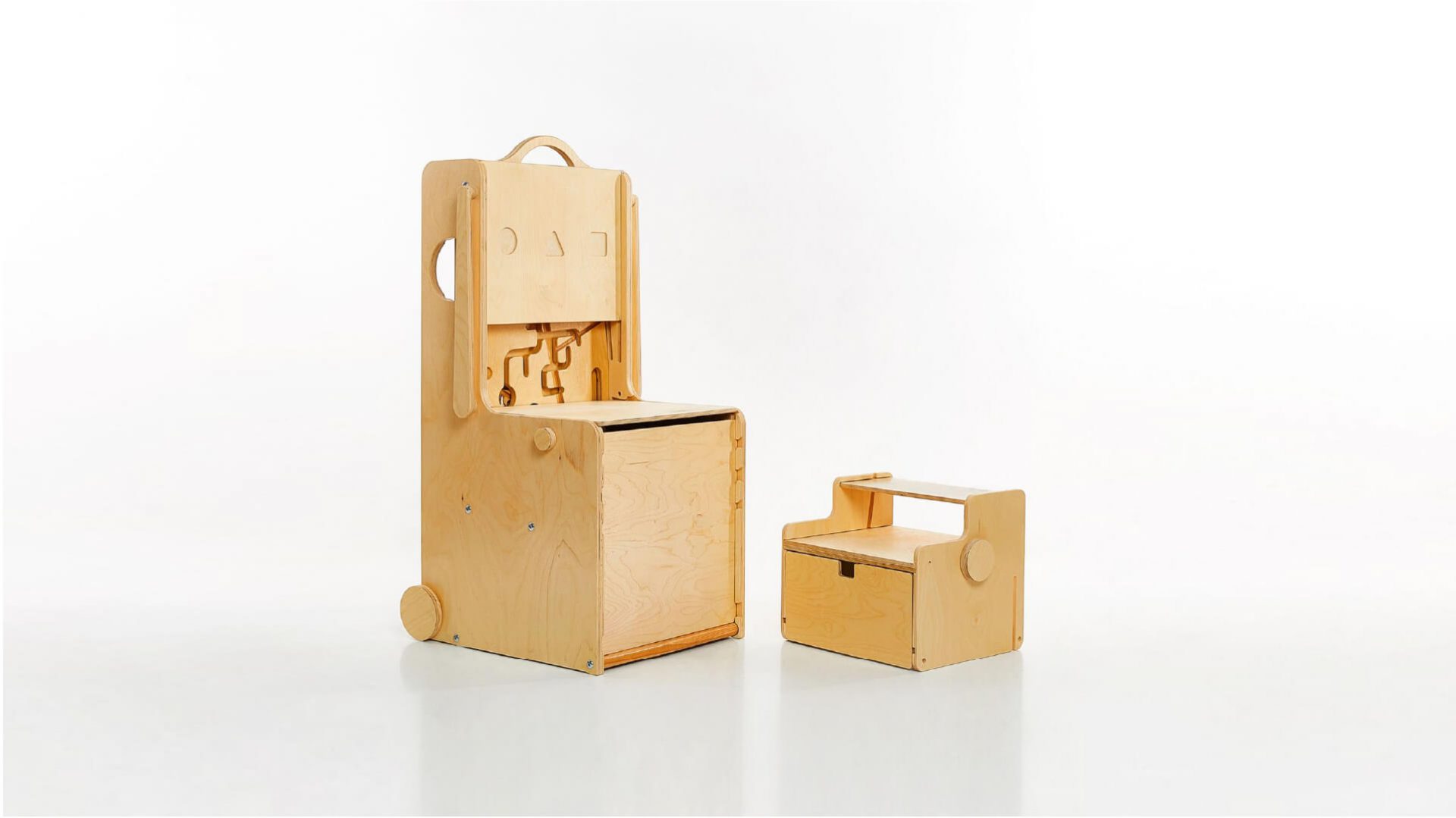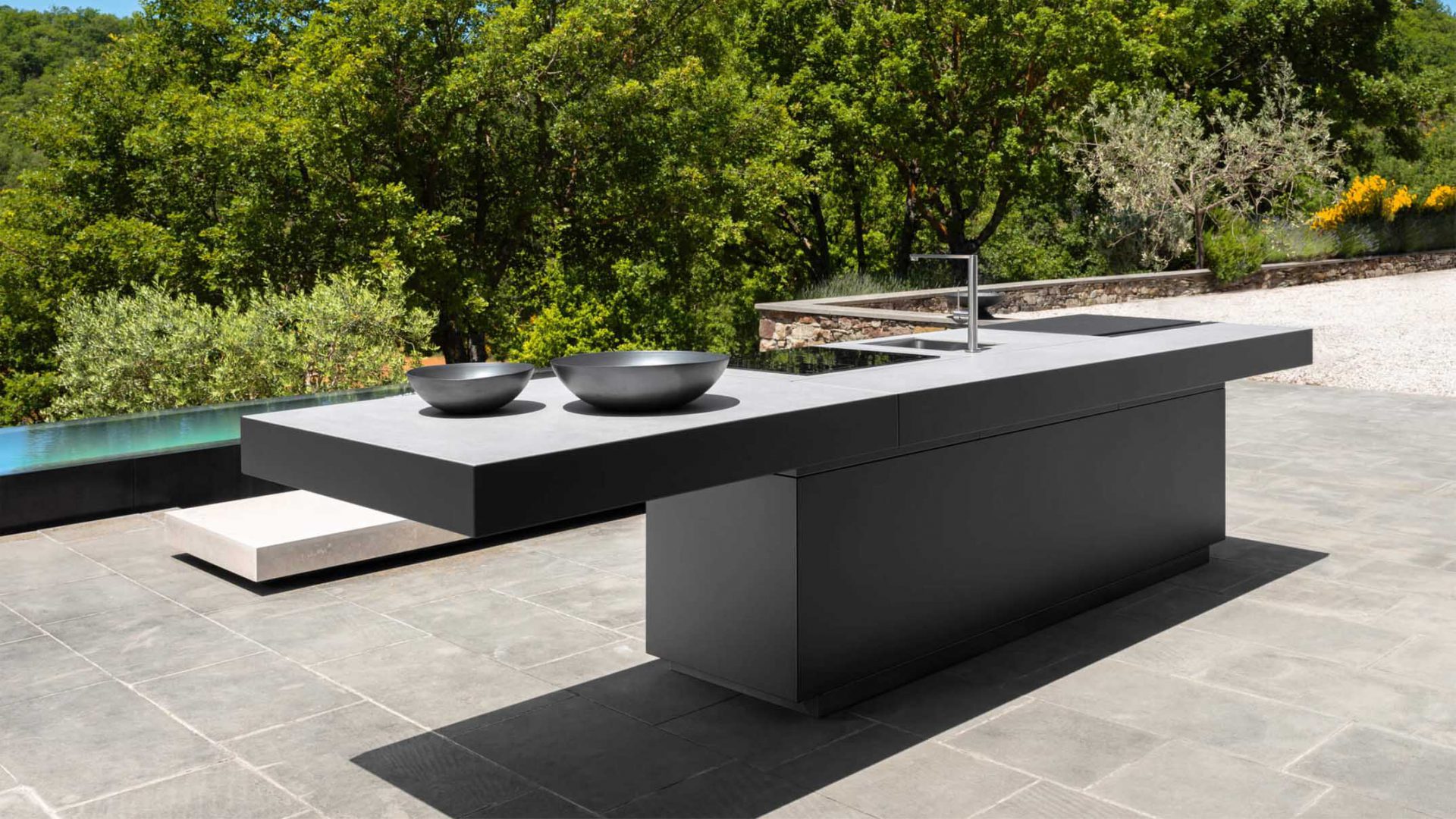Sustainable Furnishings Council helps companies reduce their environmental footprints
Aiming towards a circular furniture industry, executive director Susan Inglis explains the purpose of developing sustainable practices

Today’s environmental situation has demonstrated a great need for designers to care about the sustainability of their products. The clear necessity of a circular economy has brought forward organisations like the Sustainable Furnishings Council.
Focusing on helping companies reduce their environmental footprint, Sustainable Furnishings Council provide their clients with guidance, resources, educational programming, and marketing support, while also raising awareness on malpractices and hazardous substances in the furniture industry.

Who is Susan Inglis? How did your journey with the Sustainable Furnishing Council begin?
Susan Inglis:
“I grew up in a family that loved to make things – my mother was a weaver and a potter, my father a woodworker, etc, so I learned lots of handcrafting techniques. It is also a family that values stewardship.
I studied anthropology at UNC-Chapel Hill. I had my children as my after-college career. When my marriage to their dad ended and I had to make a living, I thought, “What can I make?” and started a sweater business, Susan Sweaters, which evolved into a home textiles business, From The Mountain.
I was sourcing a lot in Latin America when I got word that Gerry Cooklin was calling a meeting in his High Point showroom to discuss starting an organization that might be called Sustainable Furnishings Council. I showed up and got involved.
He and I and a few others put heads together that September, in 2006, to start the organization. We had an organizing meeting that Fall High Point Market, and we were fully incorporated by the Spring 2007 High Point Market.
My work with SFC has pretty much eclipsed my work with artisans! BUT it has also continued to serve my interest in stewardship and in working with people and ideas that can serve the greater good – a perfect occupation for an anthropologist!”

What is the mission of the Sustainable Furnishing Council and how do you put it to work?
Susan Inglis:
“Our mission is to help companies reduce their environmental footprints as they grow, and to help consumers find healthy furnishings.
To accomplish these lofty goals, we provide the best education, promotion, and networking opportunities available. We raise consumer interest in environmentally safe furnishings and promote the development of many more sustainable options.
So we are an educational organization more than anything else, helping not only our nearly 400 member companies but also others in the industry at large. We provide guidance, resources, educational programming, and marketing support – members use the member seal in their marketing and advertising.
We also work several initiatives: “What’s it made of?” to raise awareness of the handful of hazardous chemicals most commonly found in furnishings, and to stimulate innovation towards their eventual elimination; the Wood Furniture Scorecard, with which we encourage retailers to adopt and implement robust policies for ensuring that they are not inadvertently contributing to deforestation as they source wood furniture.
Our JustOne campaign is to help us all avoid feeling overwhelmed, and remain encouraged to take Just One step at a time, staying in action to reduce environmental footprint. These days we produce lots of programming online, including our monthly Sustainability Essentials webinars.”

What are the most difficult steps in establishing a circular economy in the furniture industry?
Susan Inglis:
“The biggest challenge in establishing a circular economy is the fact that we are such vigorous CONSUMERS. We have become dependent on more and more, and those of us who have plenty need to move towards being satisfied with what we have so that there are enough resources to go around for EVERYONE.
That is a big ask and it will be a big shift, but it is exactly what a successful circular economy promises.”

There are a lot of furniture manufacturers among your members, what are their efforts focused on when it comes to securing sustainable standards in design and production?
Susan Inglis:
“There is a lot of variation in what SFC member companies are each doing to realize their own corporate commitment to sustainability. Each of them is in action to reduce energy consumption, to better manage their supply chains, and to be loud about it.
We are happy for them to be focusing on whichever aspect of sustainability is most important to them, knowing that for true sustainability they will have to get to them all eventually: reducing carbon emissions, protecting health and well-being, ensuring social equity, reducing waste, managing water, considering circularity.”

How are manufacturers and consumers differently responsible when it comes to sustainable consumption?
Susan Inglis:
“Well, consumers tend to choose from among the options they are offered, so it is the manufacturer’s responsibility to offer good options that do not compromise the ability of future generations to enjoy good options, too.
The consumer’s responsibility, on the other hand, is to consider carefully when making a choice for a product, including considering whether they need it.”

Many furniture companies still have not implemented sustainable practices: do they have an excuse? How can the Sustainable Furnishing Council help them?
Susan Inglis:
“You are right, many have not got around to it. Many do not know where to start and some think it is unimportant. We help by continuously presenting easy-to-adopt ideas.
Offering in-depth assistance, not only with our own educational programming and resources, but also by helping members connect with each other to share expertise. It does seem to be making a difference, but we do not expect the job to be “finished” – sustainability is all about continuous improvement!”
[ Read also Take a look at the sustainable “stitch” for the upholstery introduced by Sancal ]












